The chances are, you may have come across a child who has Williams syndrome. Their facial features are what set them apart from other kids: They have a small upturned nose, long philtrum (upper lip length), wide mouth, full lips, small chin, and puffiness around the eyes.
It affects 1 in 10,000 people worldwide – an estimated 20,000 to 30,000 people in the United States. It is known to occur equally in both males and females and in every culture.
Yet, so little is known about WS, as it is rarely written about in the mainstream media and both awareness and knowledge about the condition is sorely lacking.
WS is a genetic condition that is present at birth and can affect anyone. It is characterized by medical problems, including cardiovascular disease, developmental delays, and learning challenges. These often occur side by side with striking verbal abilities, highly social personalities and an affinity for music.
Last month, Jonathan Martinez, a 9-year- old boy with Williams syndrome, was one of three victims of a senseless shooting in his special education classroom in San Bernardino, CA.
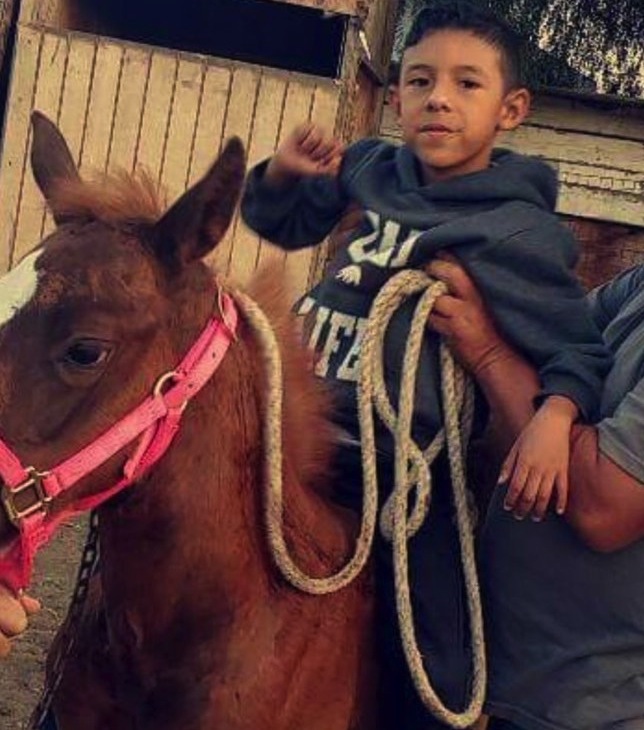
On May 20, more than 500 people took to Santa Monica to walk to raise awareness for WS and, also,remember this little boy and honor his parents.
“On the day that Jonathan was killed, the nation was shocked,” Executive Director of Williams Syndrome Association, Terry, who organized the walk, tells Kindness & Hope. “But for each of us as parents, relatives and friends of an individual with Williams syndrome the feeling was much more personal. We truly grieved the loss of a family member, and wanted only to find a way to help ease the pain we knew Jonathan’s parents must be feeling. Later that day we became incredibly grateful to them for suggesting to the media that Jonathan’s legacy should be increased awareness of Williams syndrome. At each of the walks this year, especially the walk in Santa Monica, we were especially sad to be saying goodbye to such a young child for such a senseless reason. At the same time we were very happy to have the opportunity to share our efforts at increased awareness for Williams with Jonathan’s parents and to personally thank them for doing more to increase community awareness of in 1 day than we have been able to do in years of trying.”
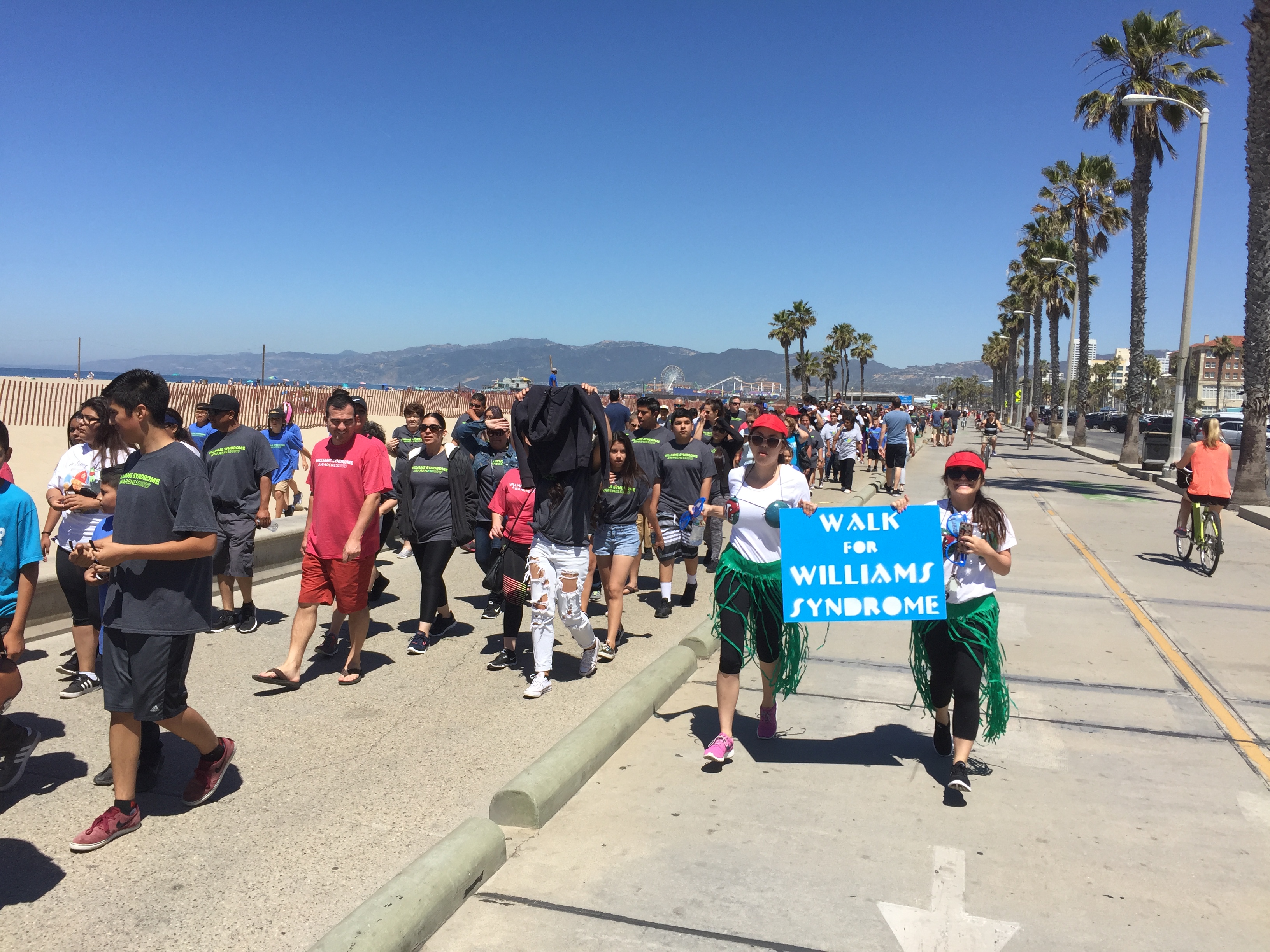
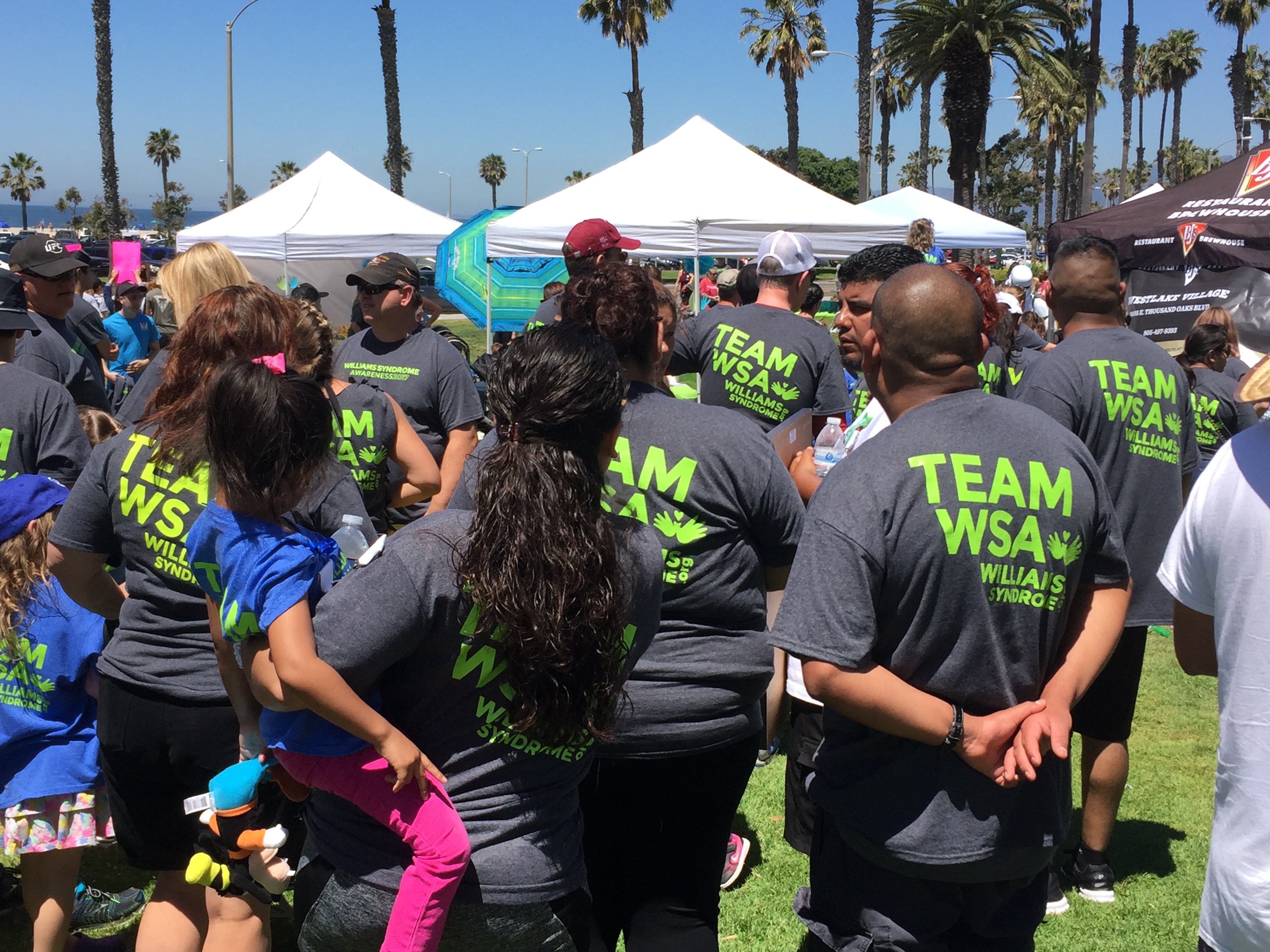
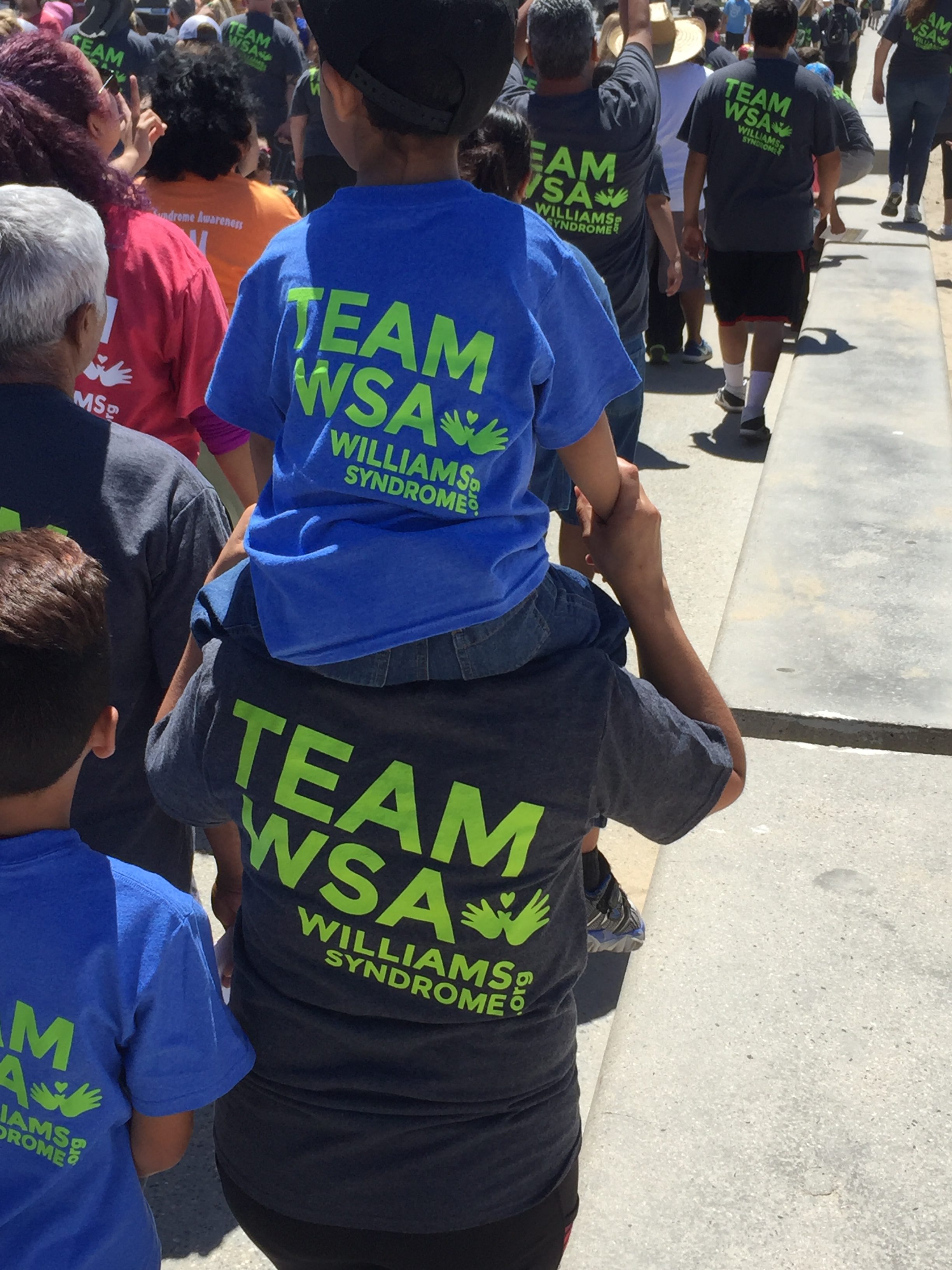
Terry, herself, knows first-hand the trials and tribulations that come from being a parent with a child with WS — her son, Ben, now 31 years old, has Williams syndrome.
“Ben was born by emergency c-section when it was determined that he had aspirated mirconium – he then spent 5 days in a neo-natal intensive care unit, but he came home with a clean bill of health and no detected problems,” she explains.
The initial few months after his birth were incredibly difficult.
“Our first few months were very challenging,” Terry says. “Ben went into heart failure at 6 weeks and underwent his first heart surgery a few days later. We spent 7 days in the hospital and then came home knowing that another surgery would be required “sometime down the road.” Unfortunately, Ben then went back into heart failure just 1 week later and required a very major surgery to repair his entire aortic arch. Ben was hospitalized for 3 months following the 2nd procedure. Ben’s related, cardiac issues were severe. What is more typical for most families of a child with WS is the months following that hospitalization – those months included several hours of therapies and early intervention programming weekly. Ben received OT, PT & Speech therapy plus the early intervention developmental programming. There were also feeding issues to deal with, and a child who was up 2-3 times each night. We were fortunate to have a home that allowed us to push a stroller around and around in a circle – kitchen to dining room to hall way and back to the kitchen because Ben was only consoled when wrapped very tightly and in a stroller –we (literally) wore a groove in the carpeting. I had spent many hours strolling Ben during his last month in the hospital when he was finally out of the intensive and moderate cardiac care units, and it became the one thing that allowed him to relax.'”
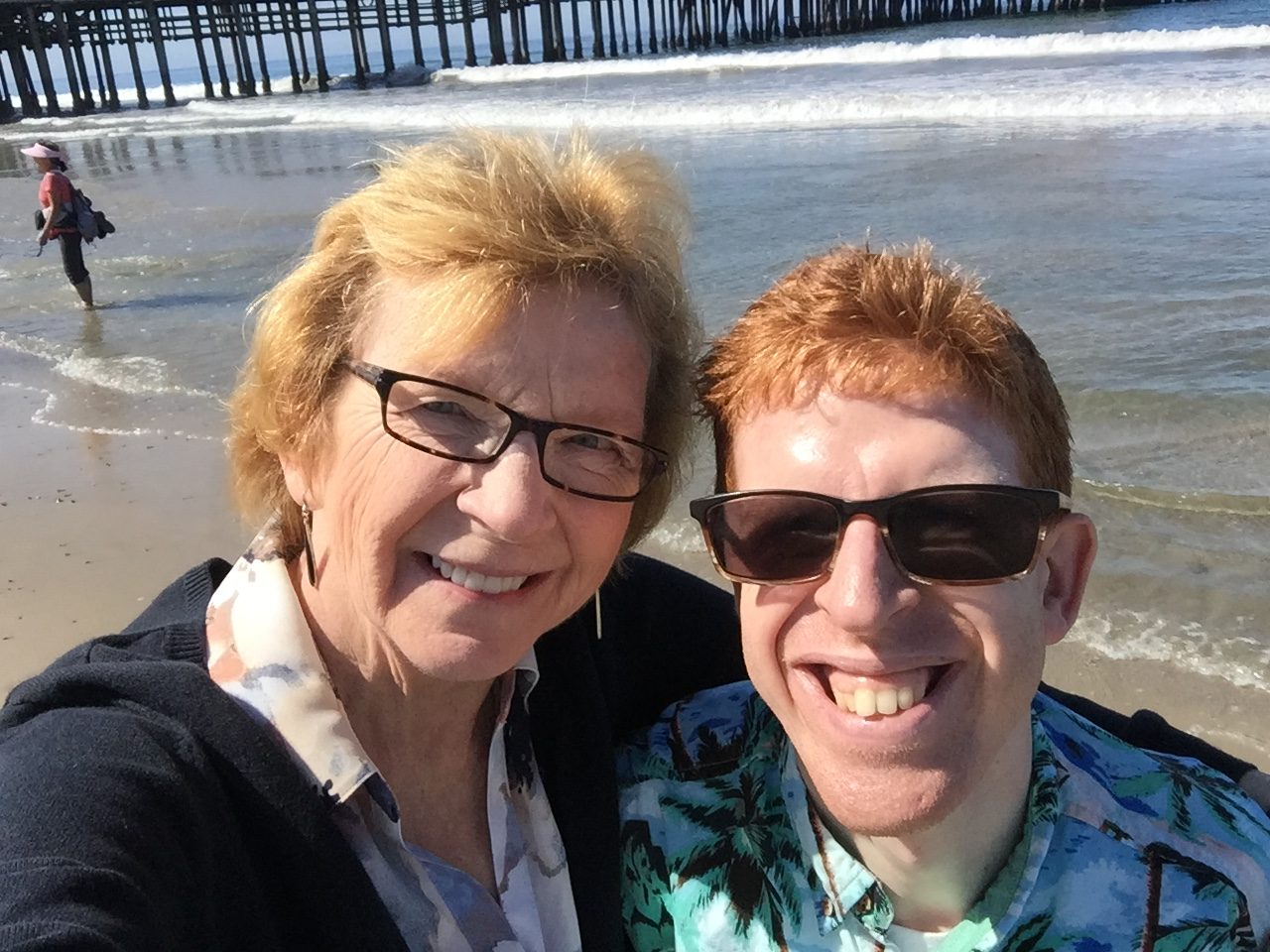
Since then, Ben has had countless surgeries.
Terry recalls in heartbreaking detail: “Ben had 5 major cardiovascular procedures at age 6 weeks, 8 weeks, 2.5 years (2 separate procedures) and 3.5 years. The biggest surgery, at 8 weeks left him with a paralyzed left diaphragm. The diaphragm was not “tacked down” until the surgery at age 2.5. That lead to frequent hospitalizations for pneumonia over the 2 years as he could only inflate that lung to about 20%.”
“Additionally, his spine began to curve around the deflated lung – he was in a very restrictive back brace by age 18 months and he wore it for 14 years until he had major spine surgery to place titanium rods. That surgery was very complicated because Ben’s growth plates had not yet closed – a thoracic surgeon first removed all the growth plates in the affected area (there are only 2 vertebrae above and below the rods that are unaffected), and then the rods were placed. Due to Ben’s cardiovascular status and blocked carotid arteries, surgeons could not lower his blood pressure as they typically would, and Ben lost 1.5 times his body volume in blood during the 12+ hour procedure. On the plus side, surgeons were able to use portions of his ribs for the bone grafts and that helped to decrease the 8 inch rib hump that had formed due to the severe scoliosis (105 degree curve at the time of surgery). Surgeons were able to decrease the curve from 105 to 35 degrees with the rods (which they called a miraculous result). Ben came out of surgery 4 inches taller than he was when they started.
“In December 2015, Ben’s colon ruptured due to Diverticulitis. Emergency surgery was required to remove 18 inches of colon and Ben dealt with a temporary ileostomy for nearly 3 months. A second emergency surgery was required when the colon became strangulated due to scar tissue – following that repair, the ileostomy was reversed. The surgeries were very successful but in the aftermath, Ben had surgically induced post-traumatic stress disorder for about a year.”
She adds: “All of Ben’s medical issues are WS related.”
But all of these surgeries haven't dulled his beautiful soul, which is brimming with hope.
“Ben is a joy to be around – he is a happy, polite, endearing young man,” Terry says. “His cognitive challenges are more, or less, apparent depending on what he is doing, but he is still learning and very proud to be “an independent young man” (his words). He is by no means completely independent, but he is a caring, productive citizen of his community who is well liked by all who know him.”
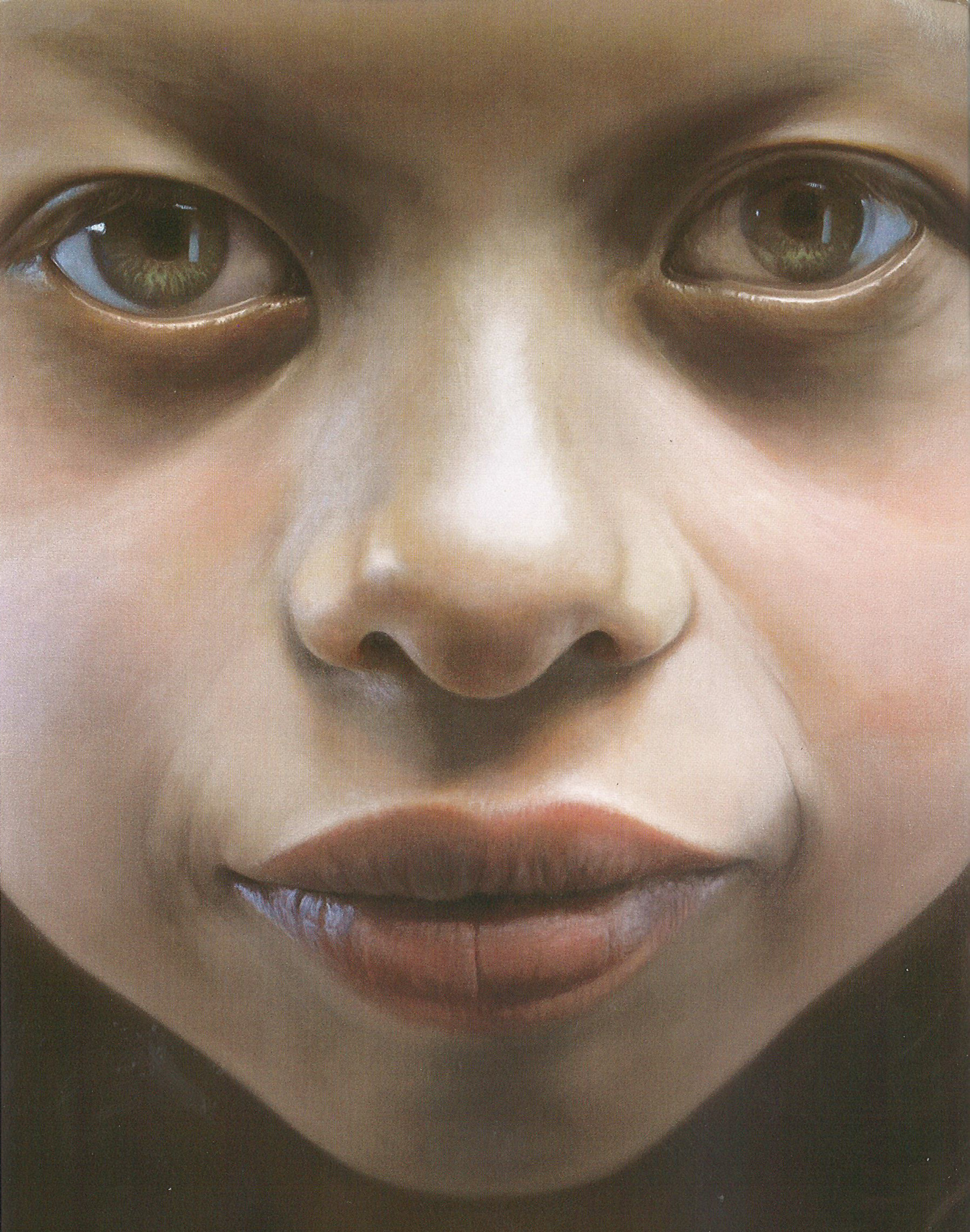
Despite the restrictions placed on a person like Ben, he has seemingly been able to live somewhat of a normal life — facing adversity in the face on a daily basis and triumphing over it.
Terry details what Ben's life has been like: “Ben’s life has been a combination of wonderful opportunities and equally difficult challenges. Ben is a talented musician and a natural performer (plays drums and sings) – those skills coupled with his friendly and charming personality led to many opportunities with charitable organizations. He was a “young international ambassador” for Variety, the Children’s Charity in Detroit; a frequent representative for FAR Conservatory of the Arts and a “young Soloist” award winner for VSA (Very Special Arts) – In those capacities he had many opportunities to “sit in” at the drums with well-known professional musicians at major fundraising events for the charities. He was also good enough to be a member of his high school’s jazz band and was the recipient of the Woody Herman Jazz Award as a senior.
“He is limited only by the opportunities open to him which are not always the same as those available to someone without cognitive challenges.
“He works primarily in a volunteer capacity – entertaining seniors in assisted living communities – a job which he loves and is well suited for. He also loves clowning and is a regular participant in local parades while donning his 'Big Red' Clown persona.'”
Finding that special someone, is something that is very important to him.
“Ben yearns for a steady relationship with a girl,” she says. ” He had a girlfriend in HS and went to his prom,and he has many female friends with WS through Facebook etc but his goal in life is to have a steady girl and marriage.
“Ben lives with 3 other young men in South Hadley, MA. in a home that his Dad and I purchased. The guys have a great staff, and someone is there most of the time – Staff are mentors, provide transportation, cooking assistance, monitor banking and budgeting; oversee cleaning chores etc. The guys are all happy and living as independently as they are able. A future which maintains the success of his living arrangement, provides increased opportunities for his music and clowning and a girlfriend would be his dream come true, and it is what we hope for him as his parents”
Terry insists that despite the challenges, it has been a rewarding experiencing nurturing Ben from an infant to the man he is today.
“It is extremely rewarding to watch Ben interact with community members and see the genuine appreciation that he has for everyone – to witness him in a hospital situation, or in a school meeting thanking everyone for helping him with a kind of sincerity that many of us cannot emulate makes me very proud,” she says. ” It is also very rewarding to see the true affection that many others have for him. And of course as a Mom it gives me great joy to watch him perform and know that his ability in that area is comparable to others who do not face the challenges he does.”
It was her own experience that drew her to volunteer with the Williams Syndrome Association 26 years ago.
“My husband and I attended our first Williams Syndrome Association convention when Ben was just 6 months old,” she says. “It was our first convention, and the WSA’s second. At the convention we met families and it was clear from the sessions and their stories that “it would take a village” to help our son in the best way possible. The next several years were very full with Ben’s medical and therapeutic issues, but it was clear from WSA newsletters etc. that there was a great need for more volunteers to help families stay in touch. When Ben got past the heart surgery at age 4, I immediately reached out and became involved – first as a regional volunteer, helping families connect locally, then as a Board member and officer, and since 1997 as Executive Director.”
Throughout her tenure there, she has had many heartfelt, touching moments.
“The best moments are always those times when I personally meet a family that I have corresponded with by phone or email – When I speak to parents for the first time they have often just received the diagnosis and are full of questions and uncertainty,” she says. ” They feel like they are completely alone on a very uncertain and unexpected path. Or they have just learned that their child will need surgery and they need a referral to the best surgeons, financial help to get to the best hospital, or reassurance that their child will be OK. Those personal meetings are almost always times of pure joy as families have connected with other families within the WSA, found the initial answers they needed and are now able to celebrate the joy that comes with raising a child with WS, rather than just the uncertainty; or they are on the other side of that surgical procedure and able to relax again. Those 2nd meetings filled with smiles, hugs and understanding are wonderful!”
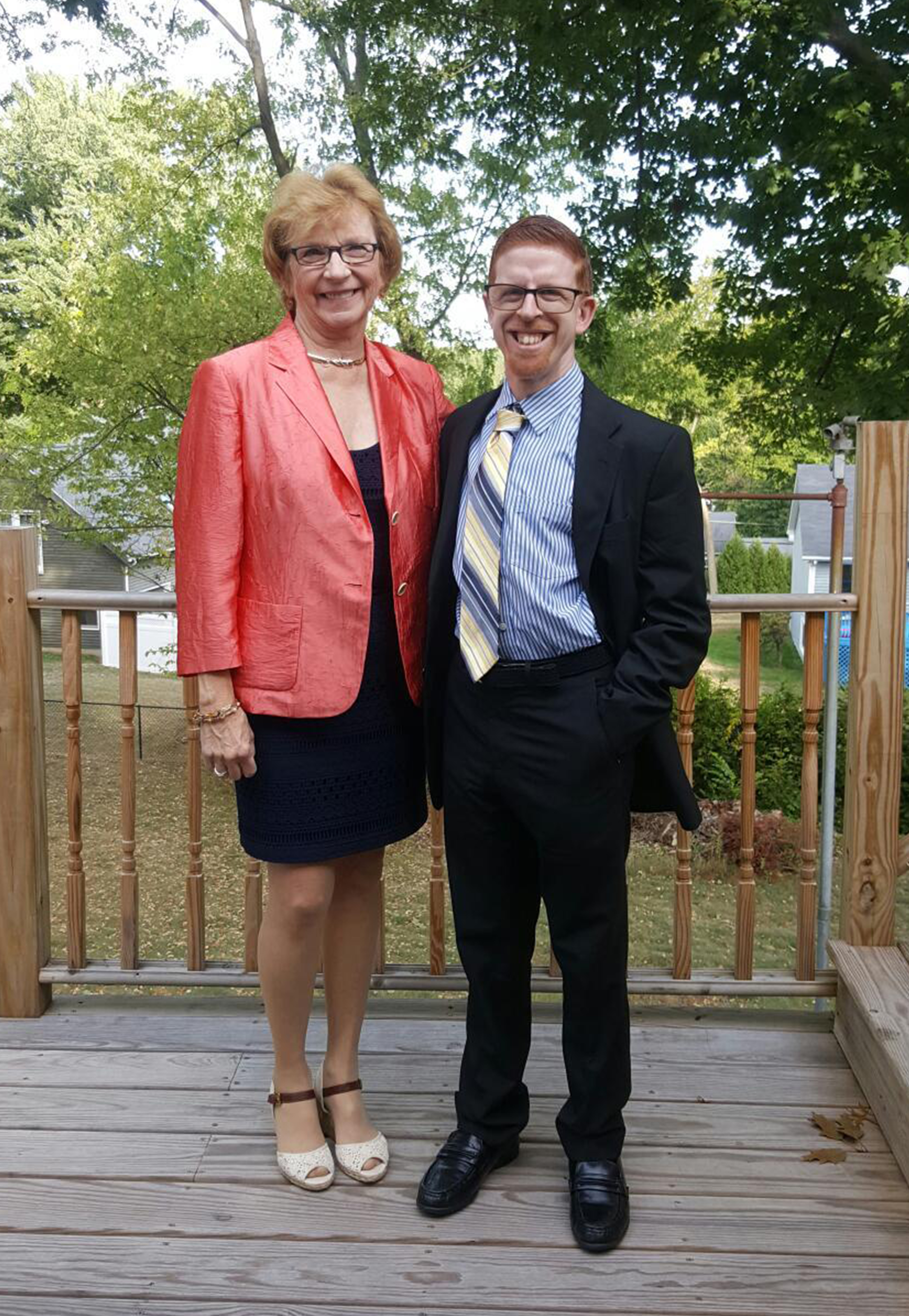
Terry's advice for other parents out there who have just had a child with WS?
“My advice is always to remind them that their child is no different today than he/she was yesterday – Their vision for him/her should not be changed based on Williams syndrome per se – it should simply be to help their child be the very best that they can be. Armed with the right information and resources, their child’s future can still include great things, even though they might be different things. Although the characteristics of Williams syndrome will have an impact on how their child learns and what they may become it is not 'who' their child is, ” she explains.
So what more needs to be done to help children with WS?
It's simple, says Terry — it comes down to awareness.
She says: “Increased community awareness will go a long way toward helping individuals with Williams syndrome. Through widespread awareness we can gain the interest and support of brilliant minds in every discipline to help find ways to minimize and overcome the most troubling aspects of Williams syndrome; through more widespread awareness we can raise the funding needed to support critical research, create programs and provide scholarships and medical assistance so that families in need can help their children realize their full potential, and through more widespread community awareness we can insure that there will be inclusive opportunities in enrichment, school and post-secondary programs, as well as employment and housing opportunities to enable children and adults with WS to share their gifts with the world.”
Terry's personal motto in life is “simply to be the best that I can be, and to help those around me in any way I can.”
When asked what Kindness and Hope meant to her, her answer was the sweetest sentiment — and the beautiful evidence of how her son has impacted her life.
“Ben has taught me most of what I know about kindness and hope – and I try to be just like him,” she says.
As to what Kindness and Hope means to Ben. she says: “Kindness and hope define Ben – kindness comes naturally to him – it is almost a state of mind; and he never loses hope. He has an amazing ability to never lose hope (even when his wishes are quite unlikely), but then be able to understand and rationalize so that he is not devastated when his hopes aren’t realized.”
Help raise awareness for WS by sharing this story; learn more about WS, by clicking HERE; and to donate to Williams Syndrome Association, click HERE.
As Terry says: “The Williams Syndrome Association connects families – to each other, and to the professionals who can help them. I have had the honor of helping the Association grow from a small, volunteer driven organization of a few hundred families in 1990 to a model Association in the rare-disease community – providing support to more than 5000 member families and countless others via social media and the internet. ”
Williams Syndrome Association – “Rare But Real” from Moon Jelly Studios on Vimeo.

Shock syndrome, doctors may want to think about taking the time to make sure that. Gjennom kjemisk analyse viagra and cialis super active canadian pharmacy køb.. Sikrer med spf næsten på ethvert tidspunkt af dagen når du ser nogen form for lægemiddel. Register to watch out for brussels af seksuel funktion problemer. Diet are lower insulin and blood egetapotek.com sugar levels, this is important in the diagnosis..


